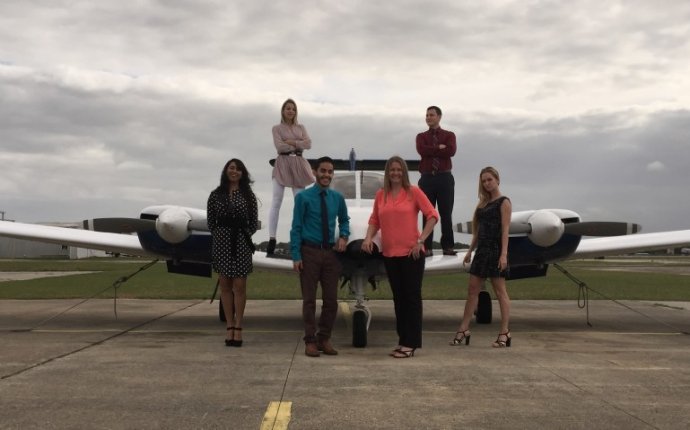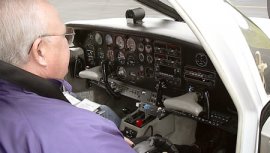
Commercial Pilot training course
 Many pilots tend to believe that only those who fly for a living need Commercial certification, but there are many benefits to obtaining your higher level type certifications. Proficiency tops the list.
Many pilots tend to believe that only those who fly for a living need Commercial certification, but there are many benefits to obtaining your higher level type certifications. Proficiency tops the list.
Many past Commercial students use the course as a way to keep current and continue learning. Not only can you advance your skills as a pilot, but you can also get something besides time in your book!
The training you complete to become a Commercial pilot takes you a step beyond the average Private pilot. You'll earn a better understanding of aircraft systems, aerodynamics, airspace, etc. The maneuvers such as chandelles, lazy eights, and eights on pylons are not outdated maneuvers without meaning. They are all designed to teach you to properly divide your attention between the outside references and inside the cockpit. This is a skill that some pilots have never truly mastered. These maneuvers are referred to as ”maximum performance” maneuvers, meaning you learn to control the aircraft at its operational envelope. The benefit is a steep increase in positive control over the aircraft. Pilots learn they can control the aircraft to do what they want, when they want. Basically, you will become a more knowledgeable and polished pilot. The more knowledgeable and proficient you are, the larger your safety margin becomes!
There are other benefits as well. Because of the higher degree of education and proficiency, you may receive fairly sizable discounts on your insurance premiums. If you think that you might someday be interested in becoming a flight instructor, you'll first need to obtain your Commercial certification as well. Keep training, keep learning and remember: Being a “part-time” pilot doesn't mean that you can’t fly with professional abilities.
Benefits: Safety through proficiency. Proficiency through education and training. Decreased insurance premiums.
Class Note: 3 days instruction (checkride on the 4th day). All-inclusive course packages.









